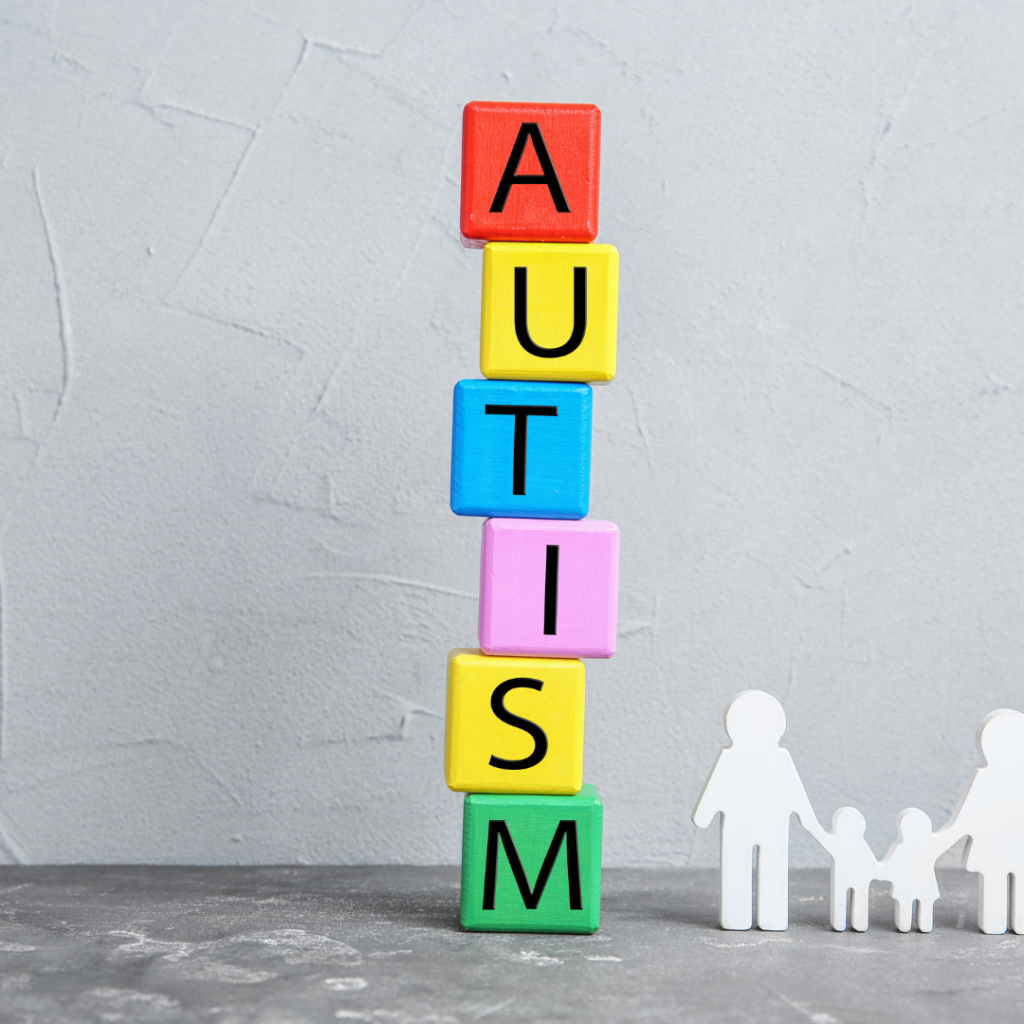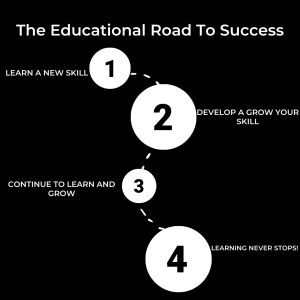How to Help Children with Autism to Still Get a Good Education
Autism affects how children respond to their environment communicatively, socially, and behaviorally. In a wide variety of ways developmental disabilities manifest themselves, children have different strengths and weaknesses.
Beware that this condition comes with lots of challenges to children’s daily lives, particularly how they engage with their learning process at school. Parents and teachers play a critical role in helping these children overcome the learning barriers and get a good education.
While management programs exist, and medical clinics offer services such as fmt autism treatment, it’s also paramount to have routines in place to ensure that Autism is managed day-to-day.
Whether you are a parent or teacher, you can take advantage of this guide if you are new to supporting children with autism or improving your existing knowledge. Research suggests that a heavy metal detox may also help autistic children in improving their symptoms. Having said that, every day is a learning curve when it comes to teaching an autistic child and the following tips may help you become more confident and efficient at supporting and helping these children in the classroom while reaching their full potential.
- Establish a Routine
Children with autism find the world anxious and confusing. As a result, they have great comfort and confidence in a stable and predictable routine. Ensure that the daily routine is clear to them.
You can create a visual timetable that involves placing simple words and images on it chronologically. That way, you can easily describe the transitions and activities in their day. Through the visual aid, the children can develop a sense of security while reminding them they are supported by the people around them.
- Provide Clear Communications
Autism impacts the children’s ability to interpret the meaning and communicate, but it still varies from person to person. Ensure to structure sentences carefully and consider all the words you use. You need to keep each sentence direct and straightforward. Complicating them with rhetorical questions and metaphors is not a good idea.
- Make the Learning Environment Less Overwhelming
Most autistic children experience sensory sensitivity. It causes them to have an intensive negative or positive reaction to sensory stimulation. That is why it is critical to create a less overwhelming learning environment for them.
Understanding how autism may affect a child’s hearing and processing of sounds is important as it may affect each child differently. So, if they use Costco hearing aids or other devices, make sure they are functioning properly and that they wear them at all times. Ensure to learn their individual sensitivities by observing their reaction to hearing specific sounds and touching particular objects. From there, reduce or remove the stimuli that cause them to feel anxious. If need be, take them to clinics to get hearing tests done to better understand whether your child has a hearing impairment.
- Integrate Their Interests
Children with autism can form highly-focused interests, making them interestingly unique. You can use these interests to boost their learning, whether they are interested in history, science, unicorns, electronics, or roller coasters. All you need to do is to apply commitment and creativity in the homework and lesson planning.
For instance, if they are interested in dolphins, you can integrate words and images related to them in different lessons, such as spelling exercises, arts, music, or math problems. You can make these children more engaged in the learning activities while letting them enjoy and have fun.
- Improve Transitions and Change Management
As you probably know, the routine of children with autism is critical to their comfort. That is why any transition or change may deliver them an overwhelming feeling. While changes are inevitable even in school, you have a chance to alleviate their children’s anxiety by preparing them beforehand.
For instance, take the children to view the classroom a few days in advance if you plan to change it in a week. You can show them the classroom’s images so that they can take a look at them until the day of change.
- Be Resilient
No matter how you believe that you are doing right, teaching and supporting autistic children can still test your patience, skills, and knowledge. If you are a teacher, both the children and parents rely on you. So, you need to bounce back from challenging days.
Teaching autistic children requires experience and a positive mindset. So, strengthening your mind is a good investment. Beware that building strong relationships with autistic children is not achieved overnight. You need to dedicated time and patience. You may make mistakes, but they will help you determine what works for the children.
Conclusion
Children with autism have unique needs and problems that other children do not face. As a parent or teacher, developing strategies and methods to support their learning process is critical. Once you determine their needs, introducing other learning activities is a lot easier. It may be challenging at first, but you will gain a sense of accomplishment while guiding and supporting them. You always have the opportunity to help the children get the most of their education.


